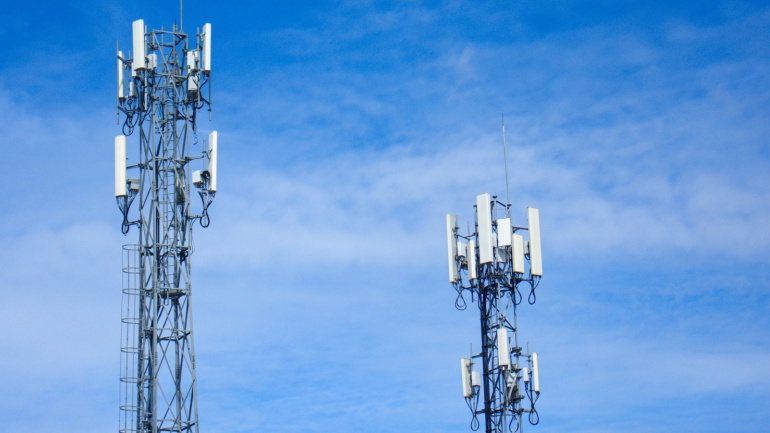South Korea has officially revoked the mobile license of Stage X, led by Stage Five, an affiliate of tech giant Kakao Corp. The Ministry of Science and ICT cited failure to meet financial and operational criteria as reasons. Stage X aimed to join established carriers like SK Telecom and KT but struggled to secure necessary capital.
Vodafone has outlined a strong case for equipping UK public buildings with 5G-enabled technology. The ‘Connected Spaces’ report highlights how digital twins, IoT, and smart sensors can save the public sector £580 million annually. By integrating these technologies, Vodafone promises significant energy efficiency and reduced CO2 emissions, aiding sustainability goals.
The German government’s significant boost to its fibre network funding from €12 billion to €38 billion aims to accelerate fibre infrastructure rollout and extend aid until 2028. This increased funding empowers local authorities to deploy or outsource fibre networks, addressing Germany’s lag in fibre penetration.
AST SpaceMobile is gearing up for a significant milestone with the upcoming launch of its first commercial satellites. Set for early August, the five new Bluebird satellites will enhance the company’s ability to offer non-continuous commercial VoIP services. Once deployed in low Earth orbit, these satellites will revolutionize remote mobile coverage via direct-to-device communications.
The launch of the Bridge Alliance API Exchange (BAEx) by Bridge Alliance and Singtel introduces a revolutionary platform that simplifies API integration for multinational enterprises. Powered by Singtel’s Paragon orchestration platform, BAEx streamlines access to telecommunication network capabilities, accelerating time-to-market for new digital services. Optimize your operations with this cutting-edge VoIP solution.
TalkTalk, the UK’s fourth-largest broadband provider, is seeking £200 million in urgent funding to prevent collapse. Facing £1 billion in debt, the company aims to meet repayment deadlines by restructuring and attracting new investors. Despite serving 3.8 million customers, mounting debt pressures have amplified financial insecurities amidst fierce competition.
Equinix has announced its entry into the Filipino market by acquiring three data centers from Total Information Management (TIM) in the Philippines. This strategic expansion aligns with Equinix’s growth in Southeast Asia, supporting businesses to leverage digital opportunities.
Vodafone Group has strategically sold a 10% stake in Vantage Towers for 1.3 billion euros ($1.4 billion). This aligns with Vodafone’s targets to reduce net debt. Vantage Towers manages 84,600 tower sites, enhancing coverage with small cell systems. The divestment strengthens Vodafone’s financial health while prioritizing debt reduction over asset control.
Strategic Imperatives, a leading UK SaaS provider, has added Altnets Trooli and OFNL to its Fibre Café platform. This integration enhances access to the UK’s growing FTTx ecosystem, providing Trooli and OFNL with streamlined onboarding, automation, and competitive edge in the wholesale market.
Omilia has launched Pathfinder, a groundbreaking tool designed to revolutionize Conversational AI (CAI) applications by reducing design and development time. Integrated into the Omilia Cloud Platform, Pathfinder analyzes raw data from files like PDFs and CSVs, automating the identification of customer intents. This innovation promises to enhance VoIP solutions by improving CAI deployment efficiency.













